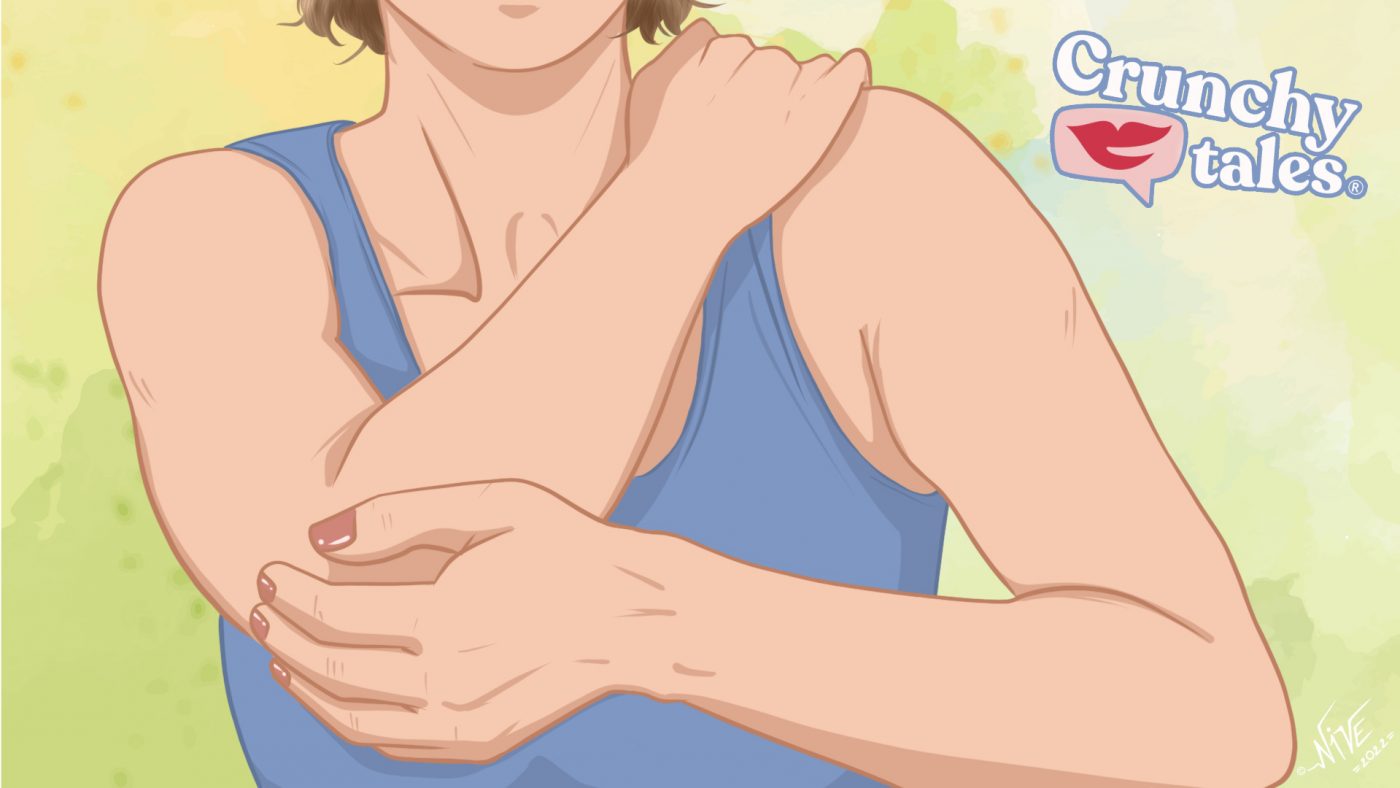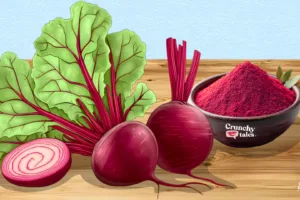Feeling Achy? Here Is How To Tackle Menopausal Joint Pain
Joint pain affects 40% of all menopausal women and can have a profound impact on their quality of life as it reduces mobility and flexibility. However, it’s often wrongly overlooked as an inevitable part of ageing, with many women suffering in silence.
How to Recognize Menopausal Joint Pain
Feeling achy, stiff and creaky and sometimes experiencing a burning feeling around the joints are typical symptoms of menopausal joint pain. These may be worse in the morning, slowly improving as the day continues. While pain can be localised to individual joints or a few joints (mainly fingers and toes, hips and knees), many women also describe a feeling of aching all over.
There are many possible explanations for this: hormones, of course, play a part, but so too do other factors at this stage of your life, including weight gain, stress, and dehydration.
Women often overlook aching or painful joints as a natural sign of ageing, but it’s important to understand the impact hormonal changes can have when approaching menopause – Dr Anne Henderson, Consultant Gynaecologist and Accredited Menopause Expert states.- Oestrogen is a primary female hormone that contributes to the protection and elasticity of joint tissues and cartilage, when these hormone levels begin to decline it can lead to painful joints and increase the risk of osteoarthritis.
Fortunately, simple lifestyle changes taken at the first signs of joint pain can make a valuable difference in the care of joints.
Supplements for menopause joint pain
There’s some scientific evidence that plant-based oestrogen (phytoestrogen) helps reduce menopause symptoms, including joint pain.
According to Dr Anne Henderson, it’s also important to consider a full spectrum of treatment options including diet and exercise, but also herbal medicine (soy extracts, wild yam, evening primrose oil) as well as supplements that are backed by scientific evidence.
Rose-hip extracts have been studied in multiple scientific trials, mostly for their cartilage protecting properties- she explains. Drinking plenty of water also helps to retain joint flexibility, whilst staying active strengthens supporting muscles and keeps excess weight at bay – reducing the impact on load-bearing joints.
Amongst other recommended supplements beneficial in easing joint pain are also Vitamin D and E, Omega 3, Magnesium and Calcium. Calcium is particularly important as it keeps your bones strong and healthy. During menopause, as oestrogen starts to decline, bone density can also decrease, which can lead to conditions such as osteoporosis. This can make the bones more fragile and prone to breakages.
Can yoga help?
Some women find that changing their form of exercise can also help relieve joint and muscle pain.
Yoga is a fantastic exercise for the entire body – explains experts at The Menopause Charity which works to improve women’s and healthcare professionals’ understanding of menopause-. It can also improve some of the symptoms of the menopause, including sleep disturbance, fatigue, low mood and anxiety. Muscle tone and bone density reduce during perimenopause and menopause, so doing regular yoga practice can also be beneficial for these. Some women find it helps reduce hot flushes too. Core muscle strength improves, including pelvic floor muscles, which often weaken as hormone levels reduce.
Does HRT stop joint pain?
Some doctors may prescribe hormone replacement therapy (HRT) to manage menopausal joint pain. While data suggests HRT can help to mitigate some symptoms of musculoskeletal pain, it remains unclear if these effects are long-lasting. Your doctor should be able to advise you on what is the best option for you.
If your pain is severe, and despite lifestyle and dietary changes, supplements and alternative therapies you are still suffering, then there may be another underlying cause worth investigating. In this case, or if you are worried about your symptoms, it’s important to talk to your primary health care provider as he/she will be able to assess you further, come up with a differential diagnosis or two , prescribe a treatment to help you and /or consider a specialist referral if required.
Like this post? Support Us or Sign up to our newsletter to get more articles like this delivered straight to your inbox!





